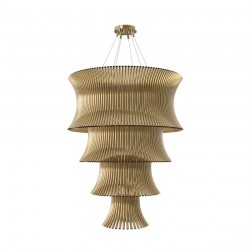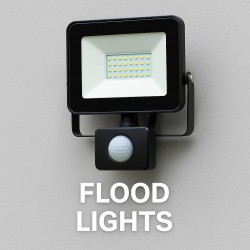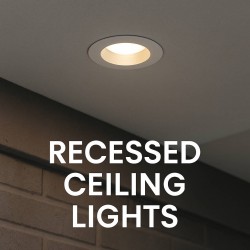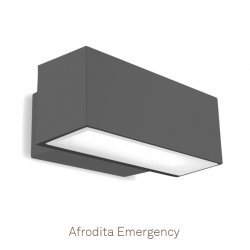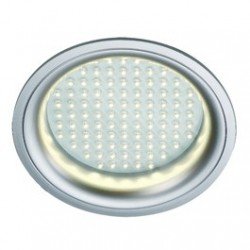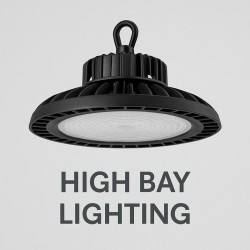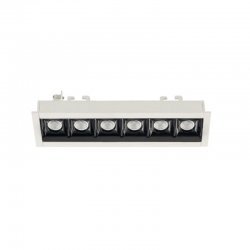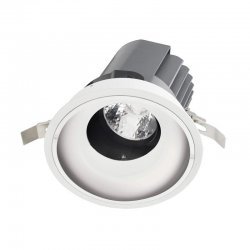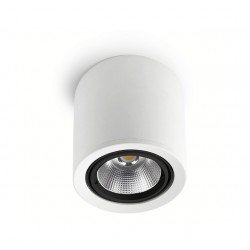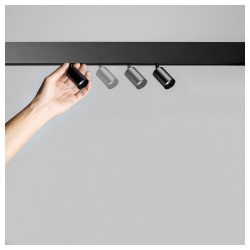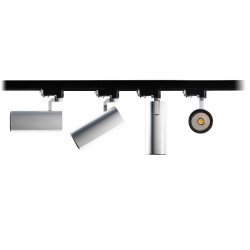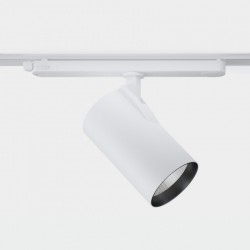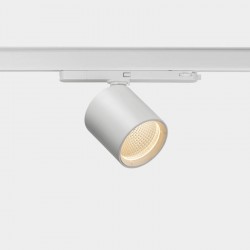The Secret to Perfect Home Lighting: Discover it Here!
Lighting is an essential aspect of any home. It can make a significant difference in the overall feel of a room, from the ambiance to the functionality. The right lighting can create a warm and inviting space, whereas poor lighting can make a room feel cold and uninviting. So, what is the secret to perfect home lighting? In this article, we will explore some of the key factors that can help you achieve optimal lighting in your home.
1. Plan for Multiple Light Sources
One of the most important things to keep in mind when lighting a room is that it's best to have multiple sources of light. This can include a combination of overhead lighting, lamps, and even natural light. Having multiple sources of light not only helps to create a more dynamic and visually appealing space, but it also ensures that the room is well-lit, reducing eye strain and creating a more comfortable atmosphere.
2. Consider the Room's Purpose
When planning your lighting, it's important to consider the purpose of the room. For example, a kitchen may require brighter lighting to aid in food preparation, whereas a living room may benefit from softer, more ambient lighting to create a relaxing atmosphere. Similarly, a home office may require task lighting to ensure proper illumination for work tasks. Consider the activities that will take place in the room, and plan your lighting accordingly.
3. Use Dimmer Switches
Dimmer switches are an easy way to adjust the lighting in a room to suit your needs. They allow you to increase or decrease the intensity of the light, providing greater flexibility in how you use the space. For example, you may want brighter lighting for reading or working, but prefer a softer ambiance for entertaining or relaxing. Dimmer switches can help you achieve the perfect balance.
4. Choose the Right Bulbs
Choosing the right bulbs is critical to achieving the right lighting. There are many options to choose from, including LED, incandescent, and fluorescent bulbs. Consider the colour temperature, measured in Kelvins, which can impact the mood of the room. Warmer temperatures, around 2700K-3000K, can create a cozy and inviting atmosphere, whereas cooler temperatures, around 5000K-6500K, can create a more energizing and stimulating environment. Be sure to select bulbs that are appropriate for the fixture and purpose of the room.
5. Layer Your Lighting
Layering your lighting is another way to create the perfect ambiance. This involves using a combination of different types of lighting to create a balanced and visually interesting space. For example, you may use overhead lighting, floor lamps, and table lamps to create a warm and inviting living room. This can also help to highlight certain areas of the room, such as artwork or architectural features.
In conclusion, the secret to perfect home lighting is to plan for multiple light sources, consider the room's purpose, use dimmer switches, choose the right bulbs, and layer your lighting. By taking these factors into account, you can create a comfortable, inviting, and functional space that is tailored to your needs and preferences. With the right lighting, your home can become a sanctuary where you can relax and recharge, no matter the time of day.







